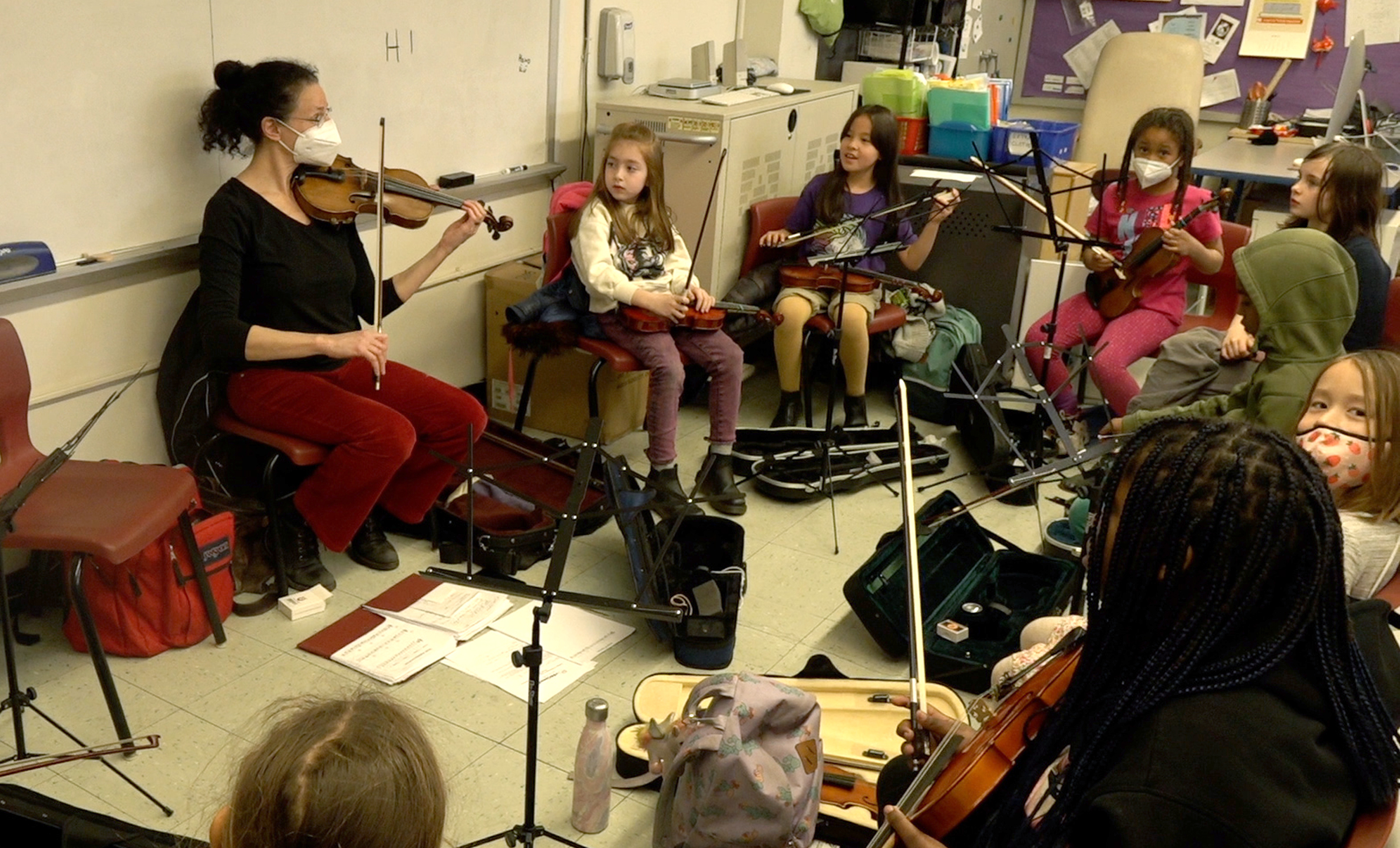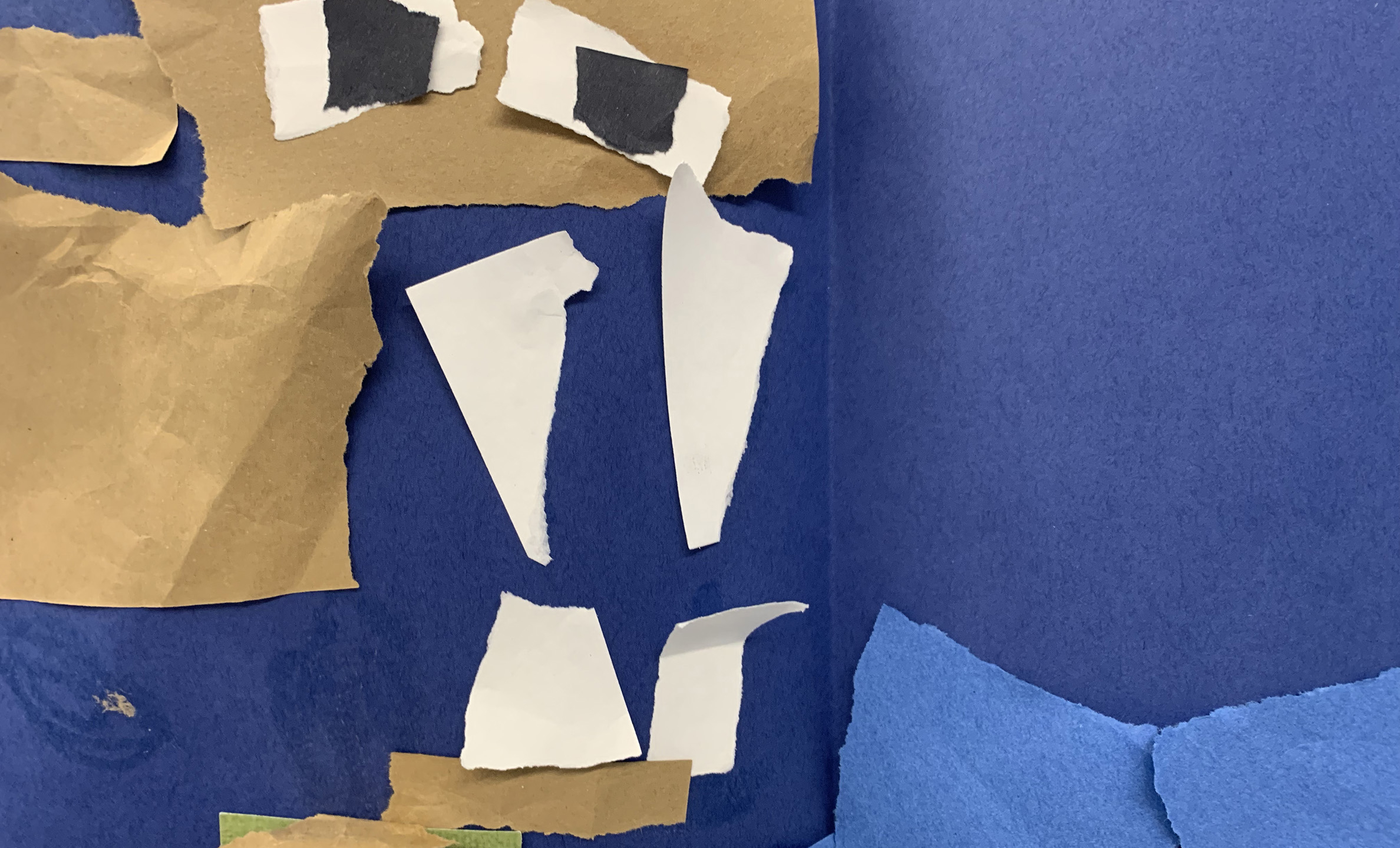Plan language for the choices you will describe.
Identify the musical choices children can explore in your activity. Prepare a vocabulary Describing Tool to help you use specific describing words reflect a wide variety of choices.
Use one of our Describing Tools or make your own with our template.
Will you project it, hang it, hold it in your hand?


